Home>Technology>Smart Home Devices>How To Fix Printer Alignment
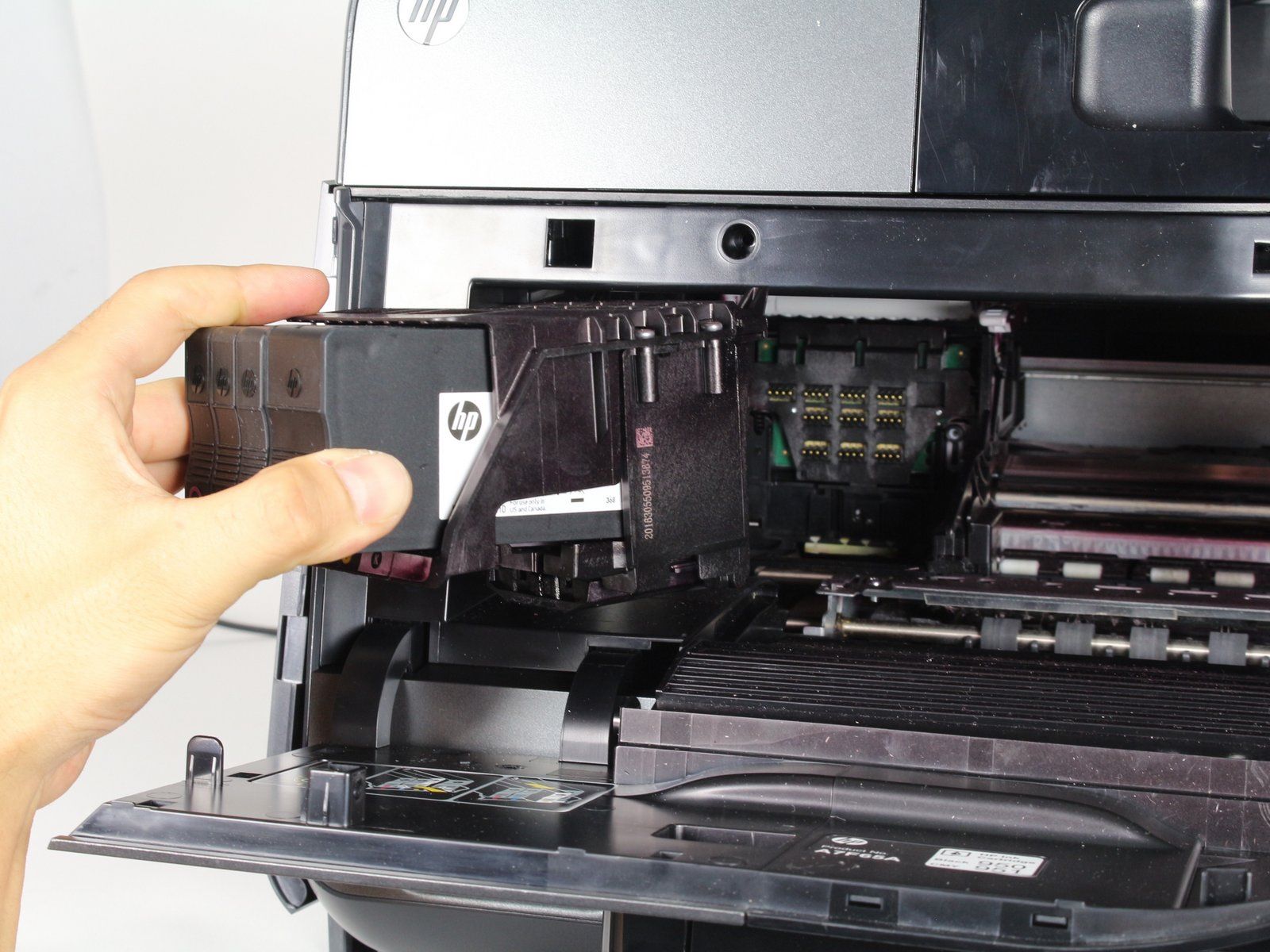

Smart Home Devices
How To Fix Printer Alignment
Modified: March 26, 2024
Learn how to fix printer alignment issues with simple steps. Get your smart home devices running smoothly with our troubleshooting guide.
(Many of the links in this article redirect to a specific reviewed product. Your purchase of these products through affiliate links helps to generate commission for Storables.com, at no extra cost. Learn more)
Introduction
Welcome to the world of modern printing, where technology seamlessly blends with the art of creating tangible documents. While printers have evolved to deliver exceptional print quality and speed, occasional alignment issues can disrupt the printing process and lead to frustrating outcomes. Understanding printer alignment and learning how to address related issues is crucial for maintaining optimal print performance.
In this comprehensive guide, we will delve into the intricacies of printer alignment, providing valuable insights into the causes of alignment problems and offering practical solutions to resolve them. Whether you are a seasoned professional or a novice enthusiast, this article aims to equip you with the knowledge and techniques necessary to tackle printer alignment issues effectively.
Join us as we explore the world of printer alignment, unraveling the mysteries behind misaligned prints and empowering you to overcome these challenges with confidence and ease.
Key Takeaways:
- Printer alignment issues can lead to misaligned text and images due to printhead misalignment, paper feed errors, software settings, and mechanical defects. Understanding these causes is crucial for effective troubleshooting.
- Checking and calibrating printer alignment through test prints and adjustments is essential for maintaining optimal print quality. Troubleshooting common alignment problems, such as skewed prints and misaligned text, ensures consistent and reliable printer performance.
Read more: How To Fix Printer Alignment On HP
Understanding Printer Alignment Issues
Printer alignment is a critical aspect of the printing process, ensuring that the printhead accurately deposits ink or toner onto the paper to produce clear and precise text and images. When alignment issues arise, the printed output may exhibit misaligned text, skewed images, or uneven borders, detracting from the intended quality of the document.
Several factors can contribute to printer alignment problems, including:
- 1. Printhead Misalignment: Over time, the printhead of a printer may shift from its original position, leading to misaligned prints. This misalignment can occur due to frequent use, improper handling, or mechanical issues within the printer.
- 2. Paper Feed Errors: Irregular paper feeding can result in skewed prints, where the paper is not aligned correctly as it passes through the printer. This can lead to misaligned text and images on the printed page.
- 3. Software Settings: Incorrect printer settings or software configurations can also cause alignment issues. Improper calibration or mismatched settings between the software and the physical printing mechanism can lead to misalignment during the printing process.
- 4. Mechanical Defects: Faulty components within the printer, such as misaligned rollers or a skewed paper tray, can contribute to alignment problems. These mechanical defects can disrupt the smooth movement of paper through the printer, resulting in misaligned prints.
Understanding these underlying causes is essential for effectively diagnosing and addressing printer alignment issues. By identifying the root of the problem, you can implement targeted solutions to restore proper alignment and enhance the overall print quality.
Now that we have gained insight into the factors contributing to printer alignment issues, let’s proceed to the next section, where we will explore the steps for checking printer alignment.
Checking Printer Alignment
Before delving into the process of calibrating printer alignment, it is essential to perform a thorough inspection to identify any existing alignment issues. By conducting a systematic check, you can pinpoint misalignment and determine the appropriate course of action to rectify the problem.
Here are the steps to check printer alignment:
- Print a Test Page: Most modern printers are equipped with a built-in function to print a test page. This page typically includes alignment patterns, color gradients, and text samples. Printing a test page allows you to assess the overall print quality and identify any misalignment in the printed elements.
- Inspect Text and Images: Carefully examine the printed text and images on the test page. Look for signs of misalignment, such as overlapping or unevenly spaced characters, skewed lines, or distorted images. Pay close attention to the alignment patterns and color gradients to detect any irregularities.
- Measure Alignment Deviation: Use a ruler or measuring tool to quantify the degree of misalignment, if present. Measure the distance between parallel lines, the alignment of text within designated areas, and the positioning of images relative to the paper edges. Document any observed deviations to guide the calibration process.
- Check Printer Settings: Access the printer settings through the control panel or the printer software interface. Verify the alignment settings and ensure that they correspond to the paper size and type being used. Incorrect settings can contribute to alignment issues and must be adjusted accordingly.
By diligently following these steps, you can gain valuable insights into the alignment status of your printer and identify any underlying issues affecting the print quality. Once you have thoroughly checked the printer alignment, you will be better prepared to proceed with the calibration process, which we will explore in the next section.
Now that we have completed the initial assessment of printer alignment, it’s time to delve into the intricacies of calibrating printer alignment to achieve optimal print results.
To fix printer alignment, run the printer’s alignment tool from the settings or maintenance menu. Follow the on-screen instructions to align the print heads for accurate printing.
Calibrating Printer Alignment
Calibrating printer alignment is a crucial step in ensuring that the printed output meets the desired quality standards. By fine-tuning the alignment settings and making precise adjustments, you can rectify misalignment issues and enhance the overall print accuracy.
Here are the essential steps for calibrating printer alignment:
- Access Printer Properties: Begin by accessing the printer properties or settings through the control panel or the printer software interface. Look for the alignment or calibration options, which may be located under the “Maintenance” or “Tools” tab, depending on the printer model.
- Run Alignment Utility: Many printers offer an alignment utility or wizard that guides users through the calibration process. Activate the alignment utility and follow the on-screen instructions to initiate the alignment procedure. This may involve printing alignment patterns and making adjustments based on the printed output.
- Adjust Alignment Settings: Utilize the alignment settings to make incremental adjustments to the printhead position and paper feed mechanisms. Fine-tune the horizontal and vertical alignment to correct any misalignment observed during the test page evaluation.
- Perform Test Prints: After making alignment adjustments, print additional test pages to evaluate the impact of the calibration. Inspect the printed elements for improved alignment, clarity, and uniformity. Repeat the adjustment process as needed to achieve the desired print quality.
- Verify Software Settings: Ensure that the software settings, including print margins, paper size, and orientation, are aligned with the physical adjustments made to the printer. Consistency between the software settings and the calibrated alignment is essential for achieving accurate prints.
By meticulously following these steps, you can effectively calibrate the printer alignment and address misalignment issues with precision. Regular calibration and maintenance of printer alignment are essential for sustaining optimal print quality and minimizing the impact of alignment-related challenges.
With the calibration process outlined, we can now proceed to the next section, where we will explore common alignment problems and troubleshooting techniques to overcome them.
Troubleshooting Common Alignment Problems
While understanding and calibrating printer alignment are essential steps in maintaining print quality, it is equally important to be familiar with common alignment problems and the corresponding troubleshooting techniques. By identifying and addressing these issues, you can effectively mitigate alignment-related challenges and optimize the performance of your printer.
Here are some common alignment problems and their troubleshooting methods:
- 1. Skewed Prints: If your printed output exhibits skewed text or images, verify that the paper guides in the input tray are correctly aligned with the paper. Additionally, ensure that the paper type and size settings in the printer properties match the actual paper being used.
- 2. Misaligned Text: Misaligned text can result from printhead misalignment or improper paper feeding. Run the alignment utility to recalibrate the printhead position and check for any obstructions or debris that may hinder smooth paper feeding through the printer.
- 3. Uneven Borders: Uneven borders on printed pages may indicate paper misalignment within the printer. Verify that the paper is loaded squarely in the input tray and adjust the paper guides to ensure proper alignment before initiating the print job.
- 4. Color Registration Issues: When color elements appear misaligned or offset in printed images, perform a color calibration process if available in the printer settings. This will synchronize the color alignment and enhance the accuracy of color prints.
- 5. Alignment Patterns Misalignment: If the alignment patterns on the test page appear misaligned, rerun the alignment utility and carefully follow the instructions to make precise adjustments to the printhead and paper feed mechanisms.
By systematically addressing these common alignment problems, you can troubleshoot and resolve issues that may compromise the quality and accuracy of your printed documents. Regular maintenance and proactive troubleshooting are key practices for ensuring consistent and reliable printer alignment.
With the troubleshooting techniques outlined, we have covered the essential steps for diagnosing and resolving common alignment problems. As we conclude this guide, it is important to emphasize the significance of ongoing maintenance and alignment checks to uphold optimal print performance.
Read more: How To Align Printer Cartridge
Conclusion
In the realm of printing, the alignment of a printer plays a pivotal role in determining the quality and accuracy of printed documents. By gaining a comprehensive understanding of printer alignment issues, conducting thorough alignment checks, and implementing effective calibration and troubleshooting techniques, you can proactively address alignment-related challenges and maintain exceptional print performance.
Throughout this guide, we have explored the intricacies of printer alignment, delving into the factors contributing to alignment issues, the steps for checking printer alignment, and the calibration process to fine-tune alignment settings. Additionally, we have discussed common alignment problems and offered practical troubleshooting methods to overcome these challenges.
As you navigate the world of printer alignment, remember that regular maintenance and alignment checks are essential for sustaining optimal print quality. By staying vigilant and proactive in addressing alignment issues, you can ensure that your printer consistently delivers clear, precise, and professional-looking documents.
Whether you are troubleshooting misaligned text, skewed images, or color registration issues, the knowledge and techniques outlined in this guide empower you to tackle alignment problems with confidence and precision. Embrace the art of printer alignment as a fundamental aspect of the printing process, and leverage the insights provided here to elevate your printing experience.
As technology continues to advance, the importance of printer alignment remains steadfast, underscoring its significance in achieving exceptional print results. By applying the principles and practices outlined in this guide, you can navigate alignment challenges with ease and unlock the full potential of your printer.
Thank you for embarking on this journey into the world of printer alignment. May your future printing endeavors be marked by impeccable alignment and outstanding print quality.
Frequently Asked Questions about How To Fix Printer Alignment
Was this page helpful?
At Storables.com, we guarantee accurate and reliable information. Our content, validated by Expert Board Contributors, is crafted following stringent Editorial Policies. We're committed to providing you with well-researched, expert-backed insights for all your informational needs.
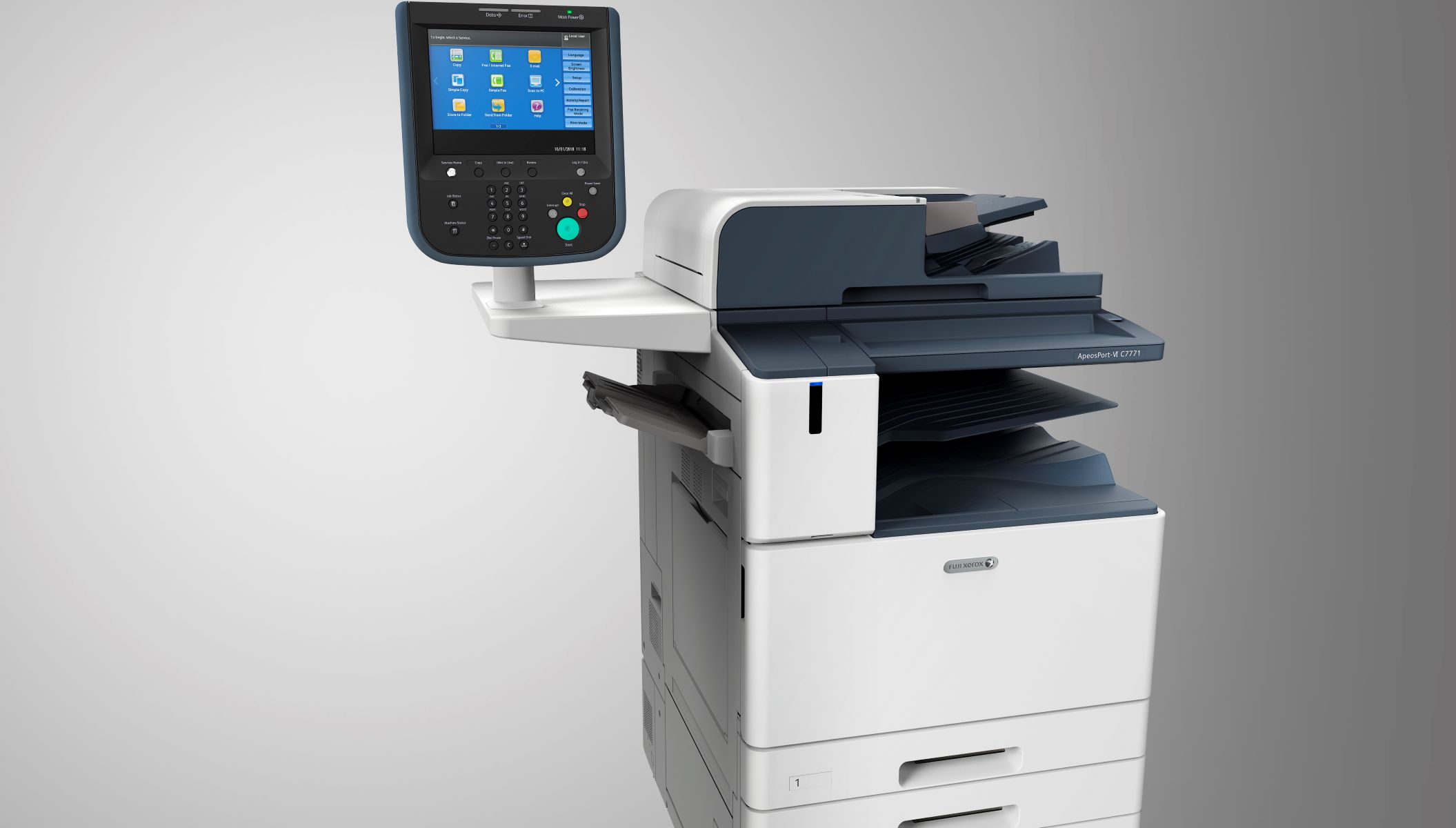
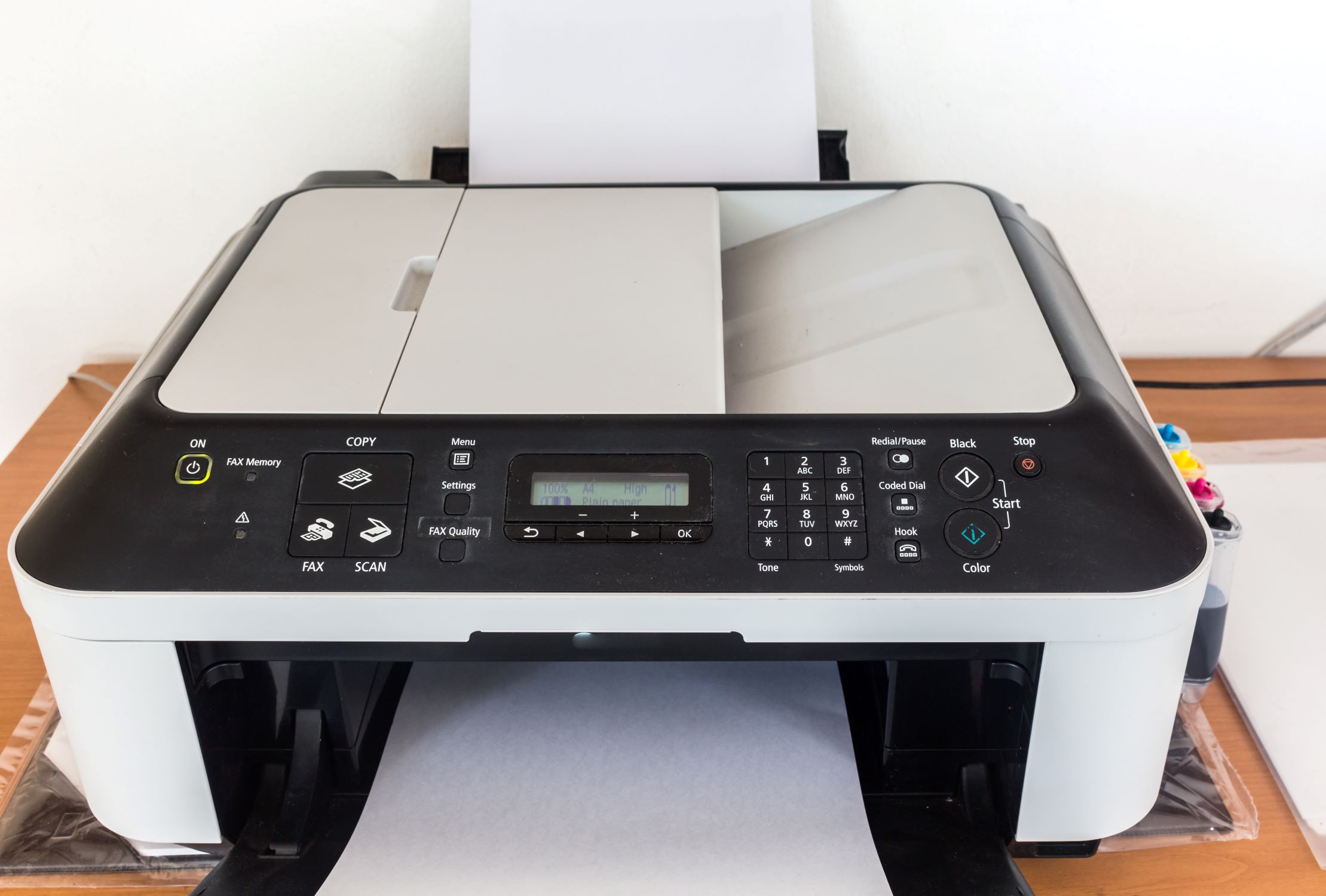
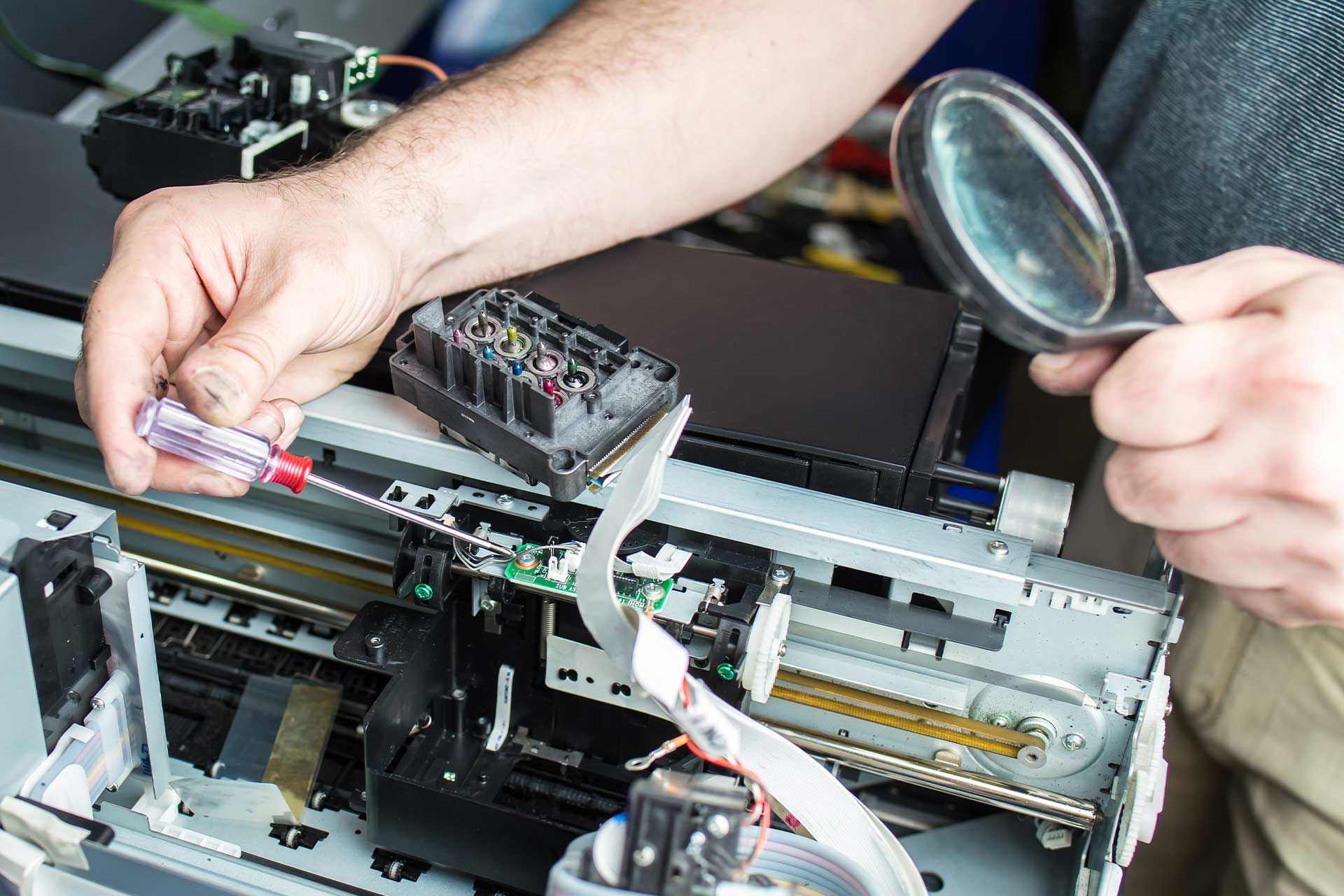
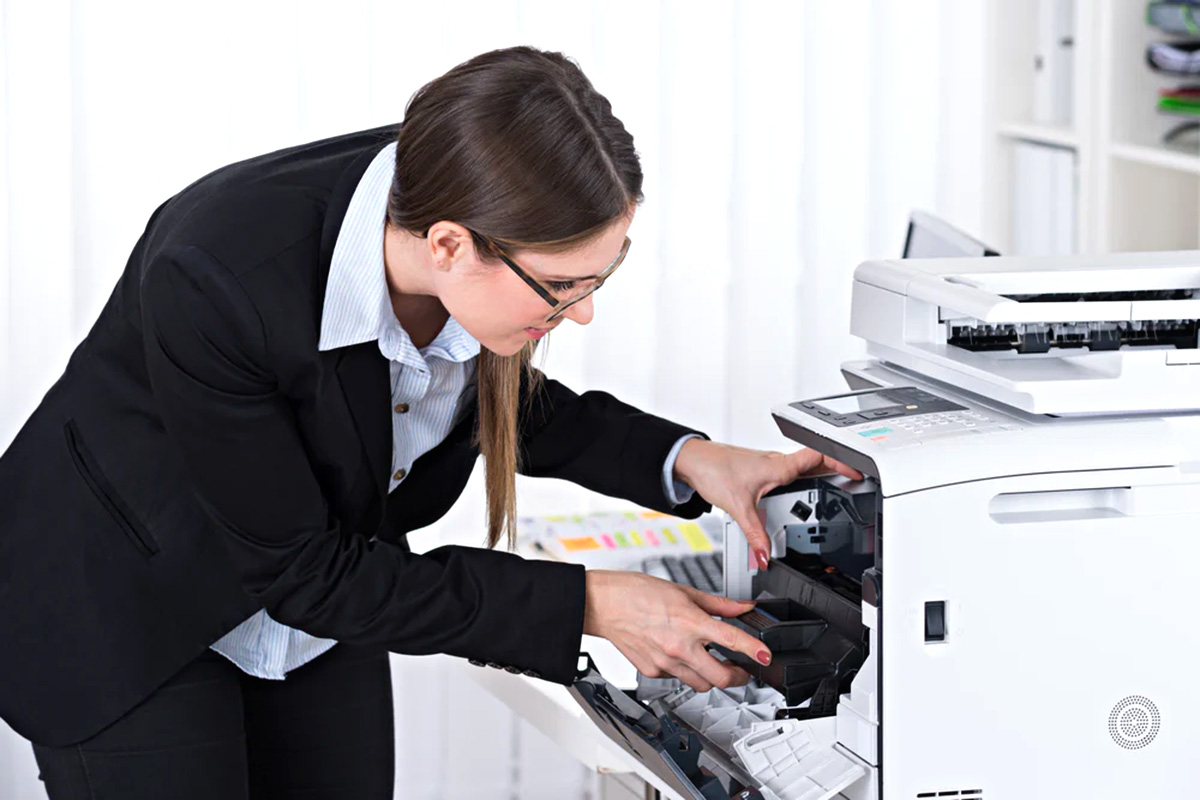
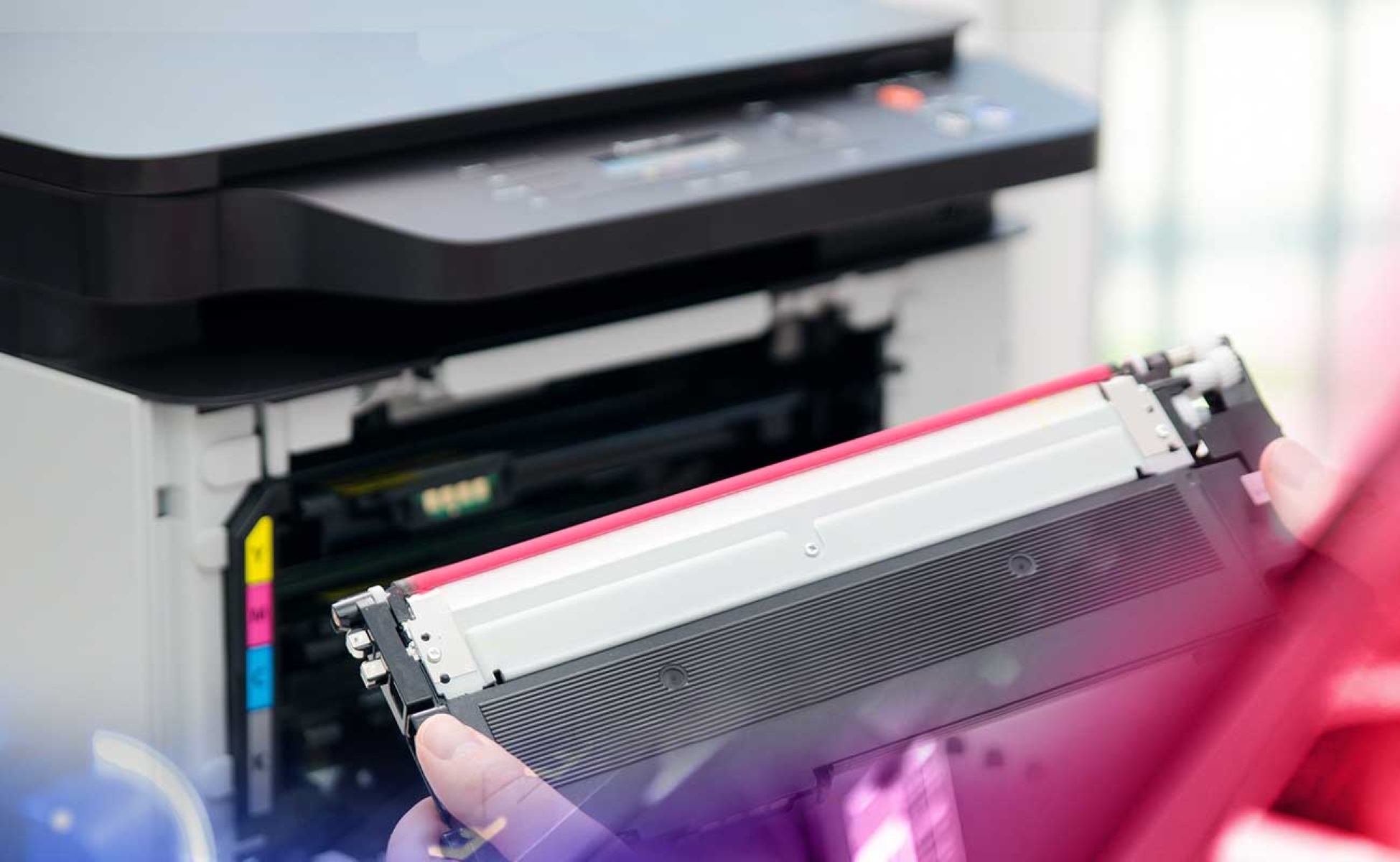
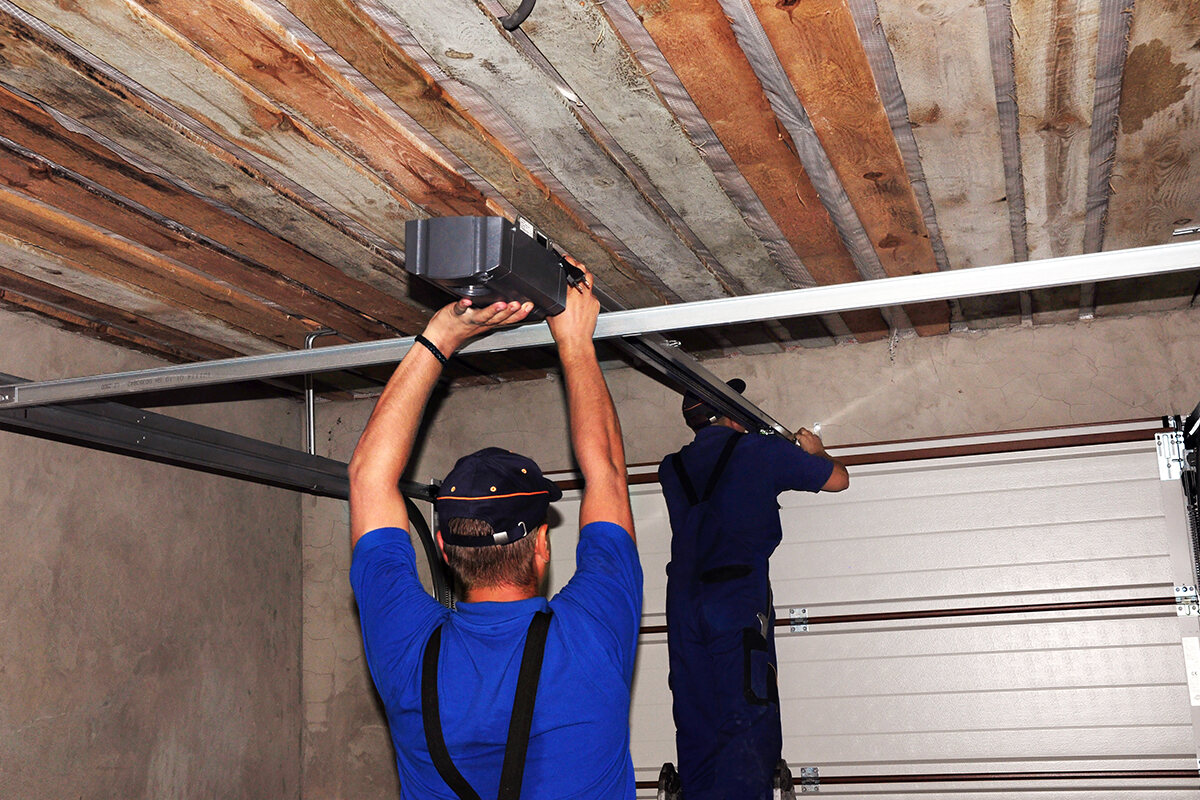
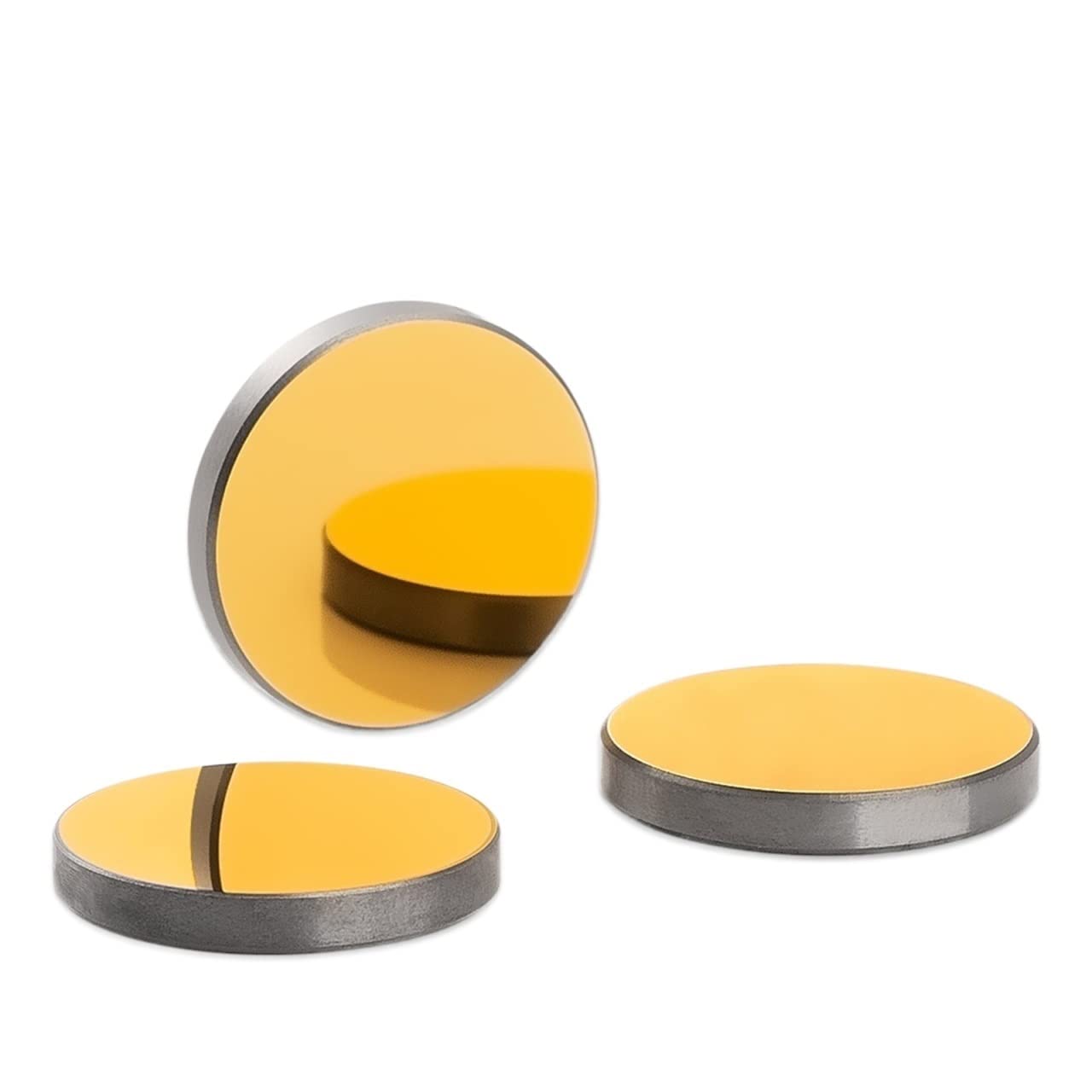
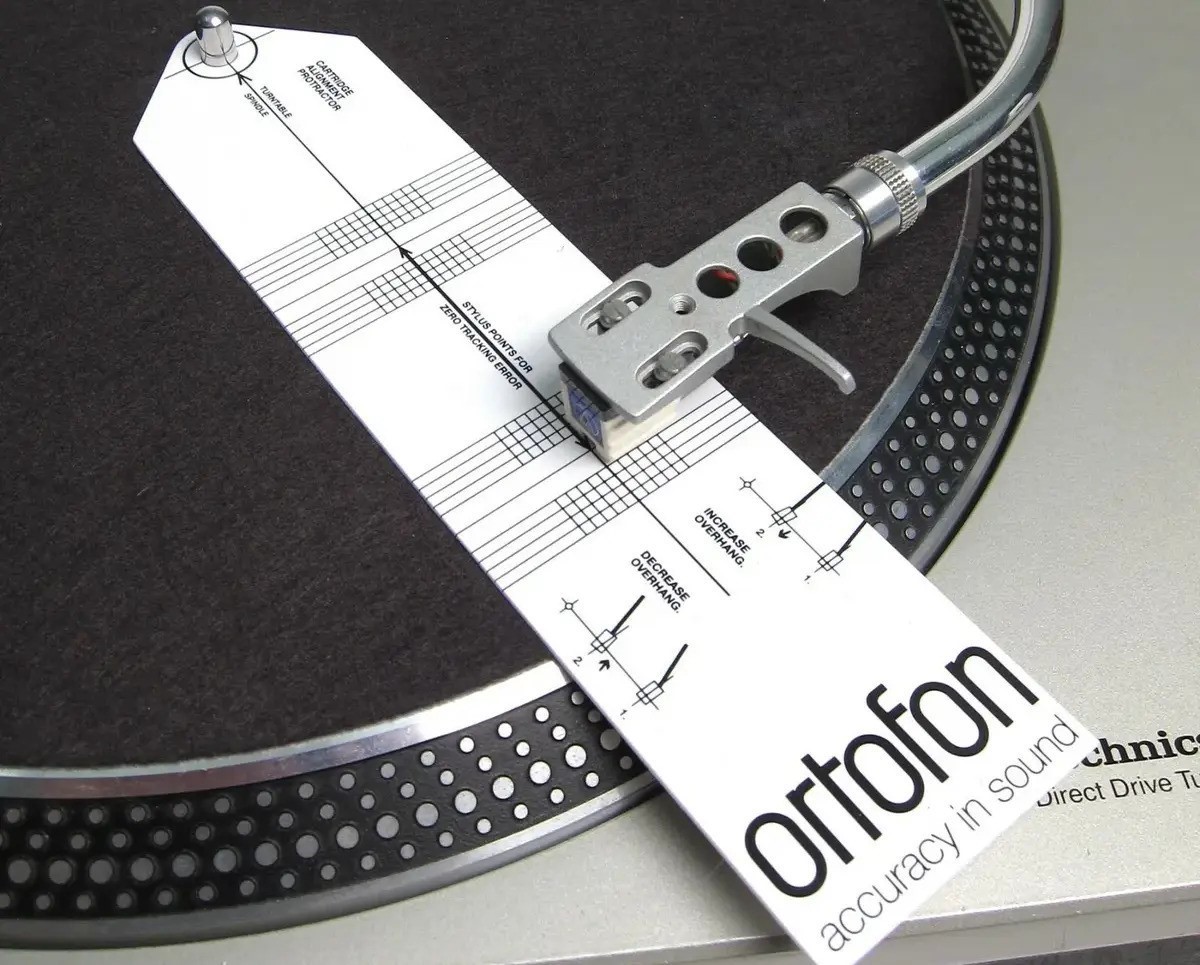
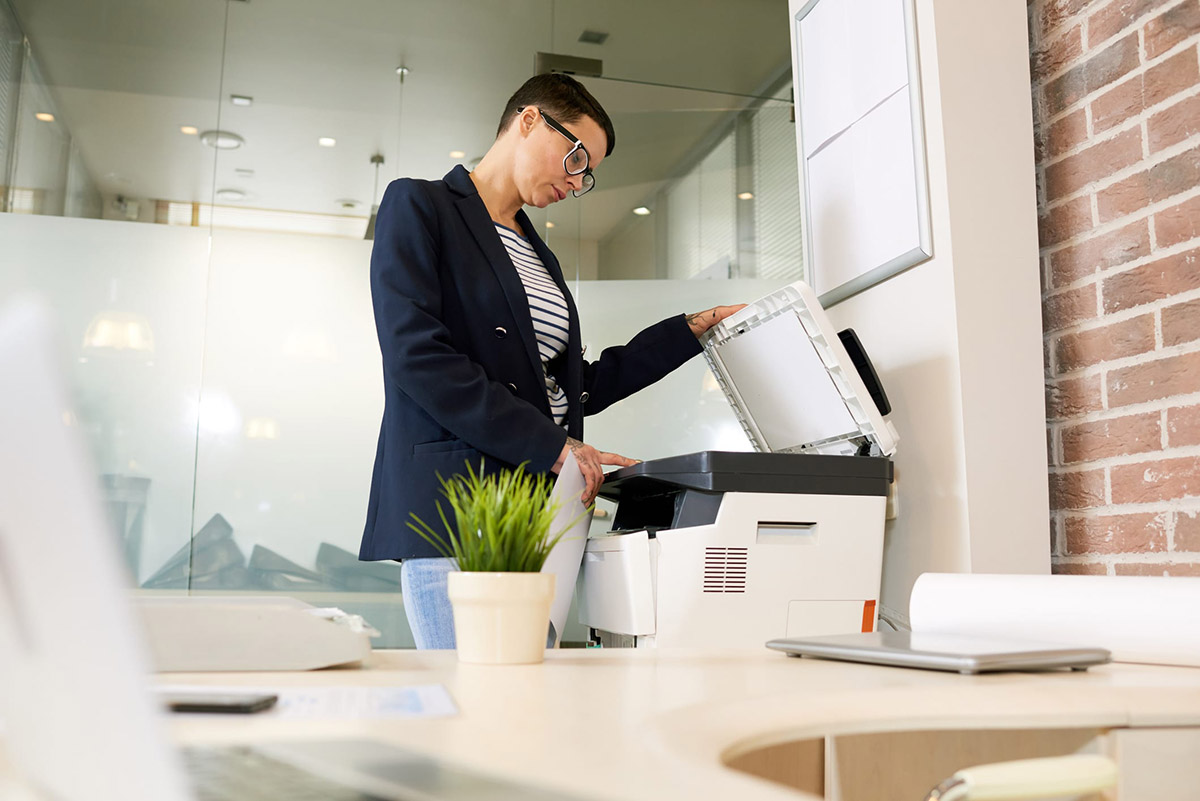
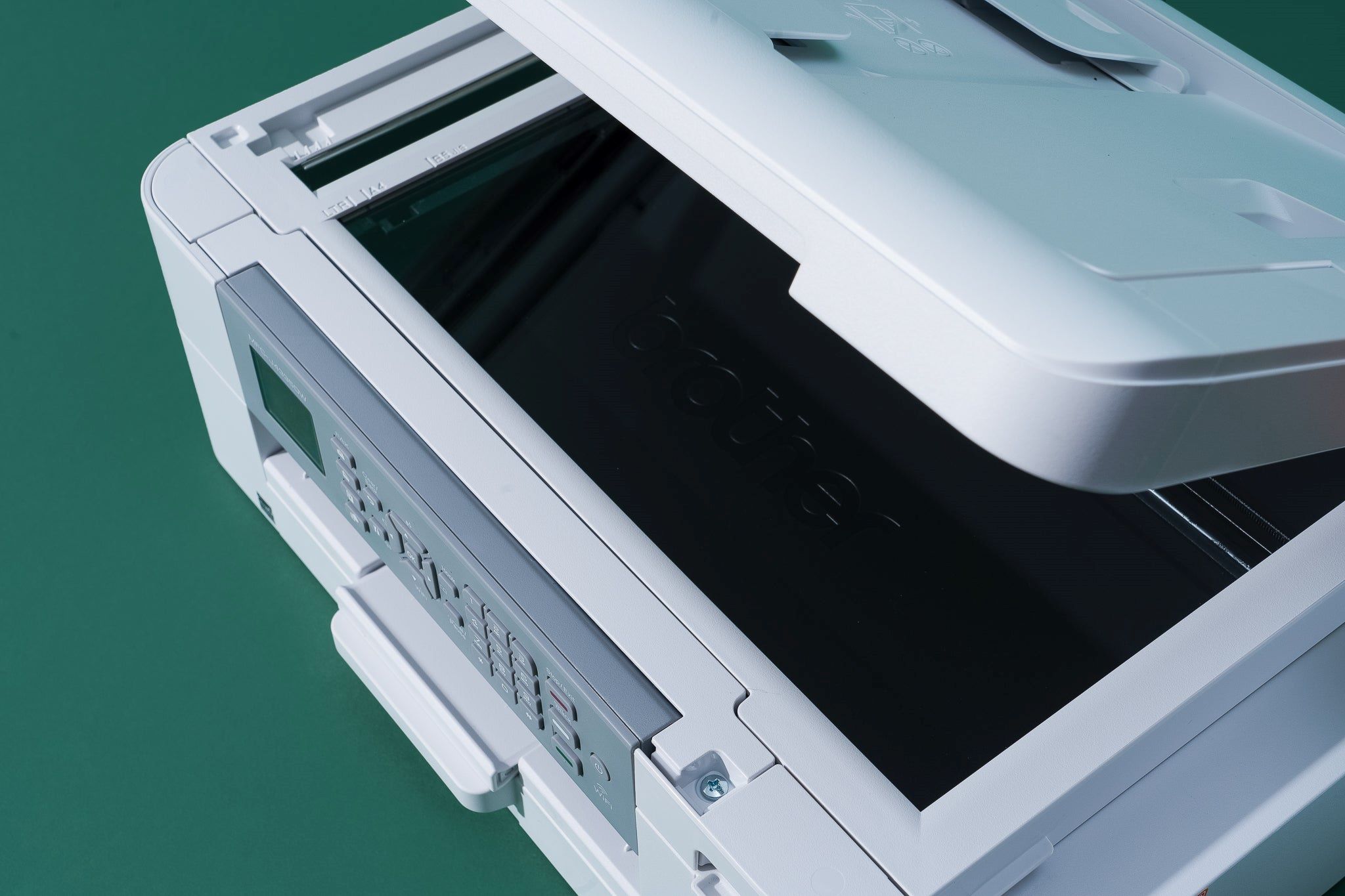
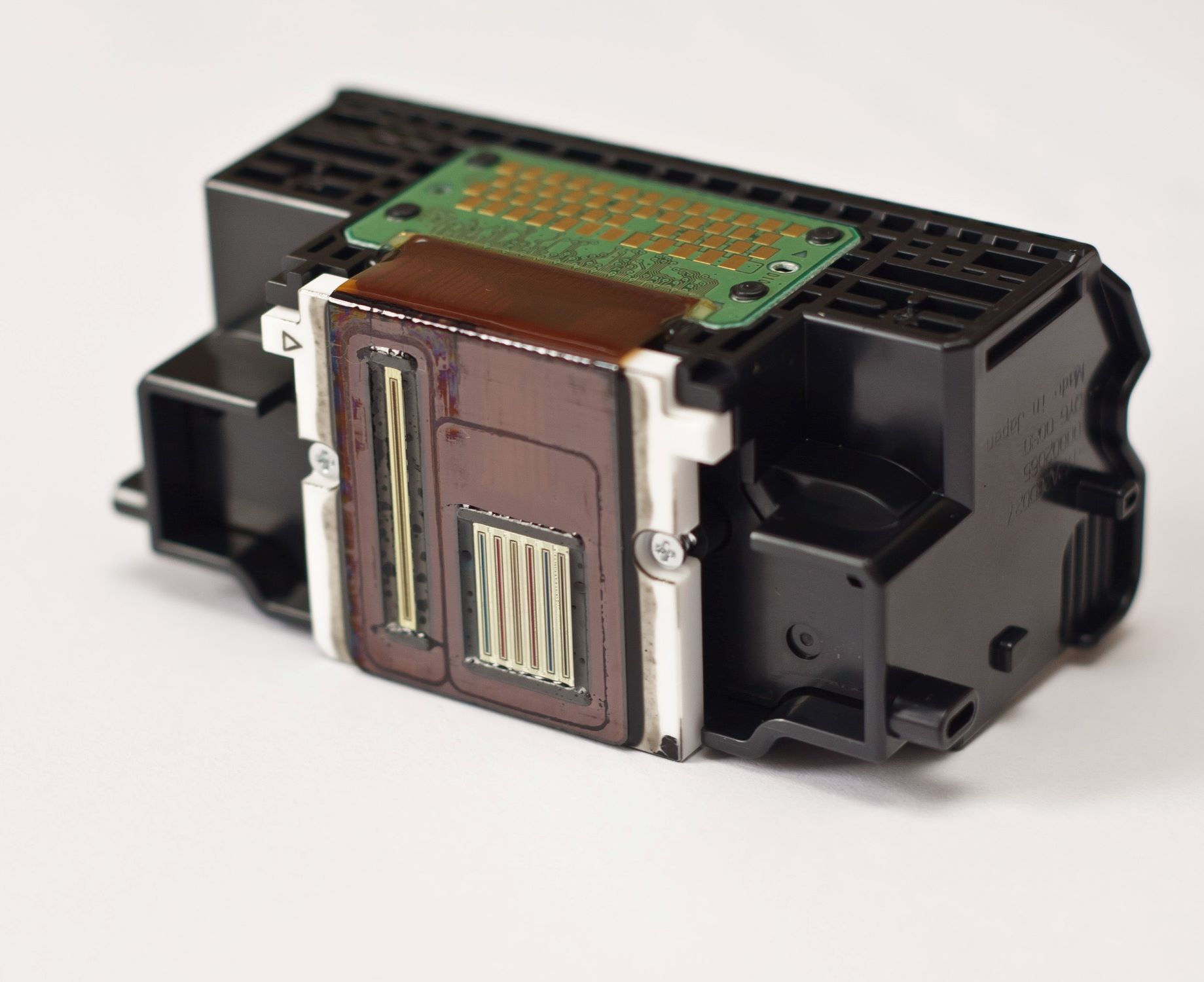
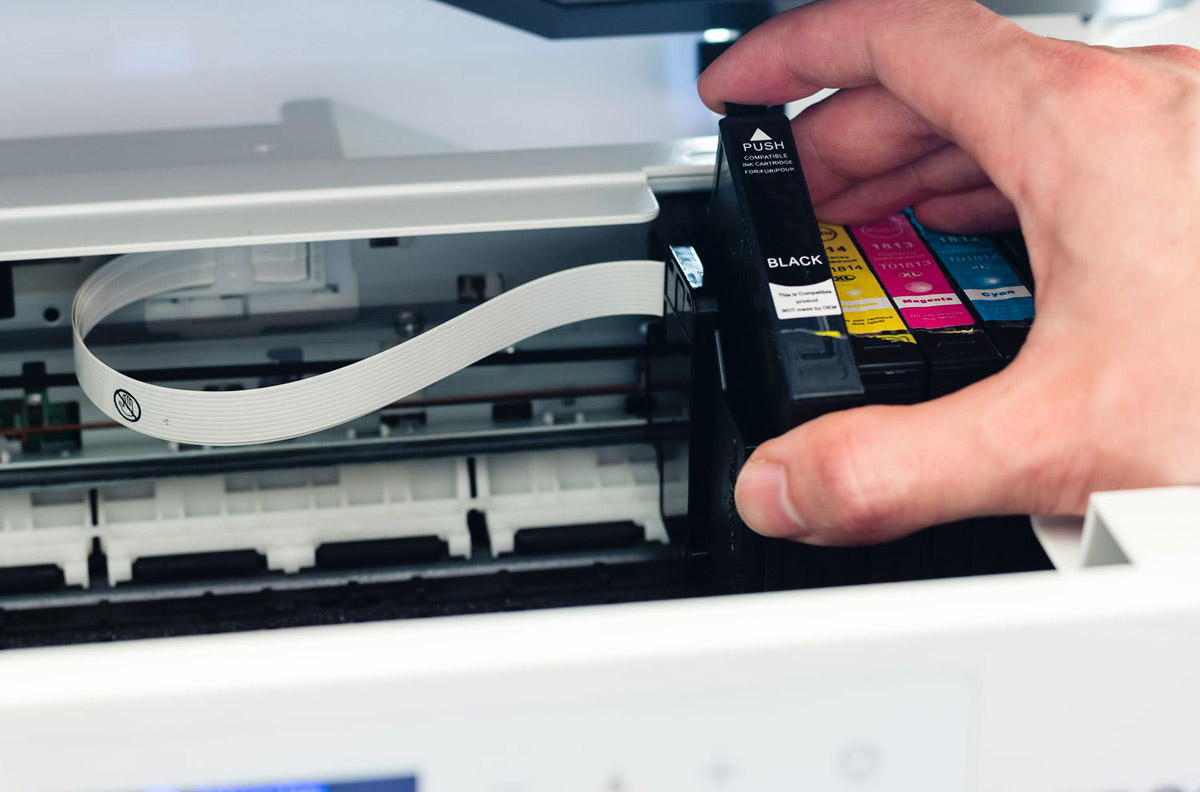
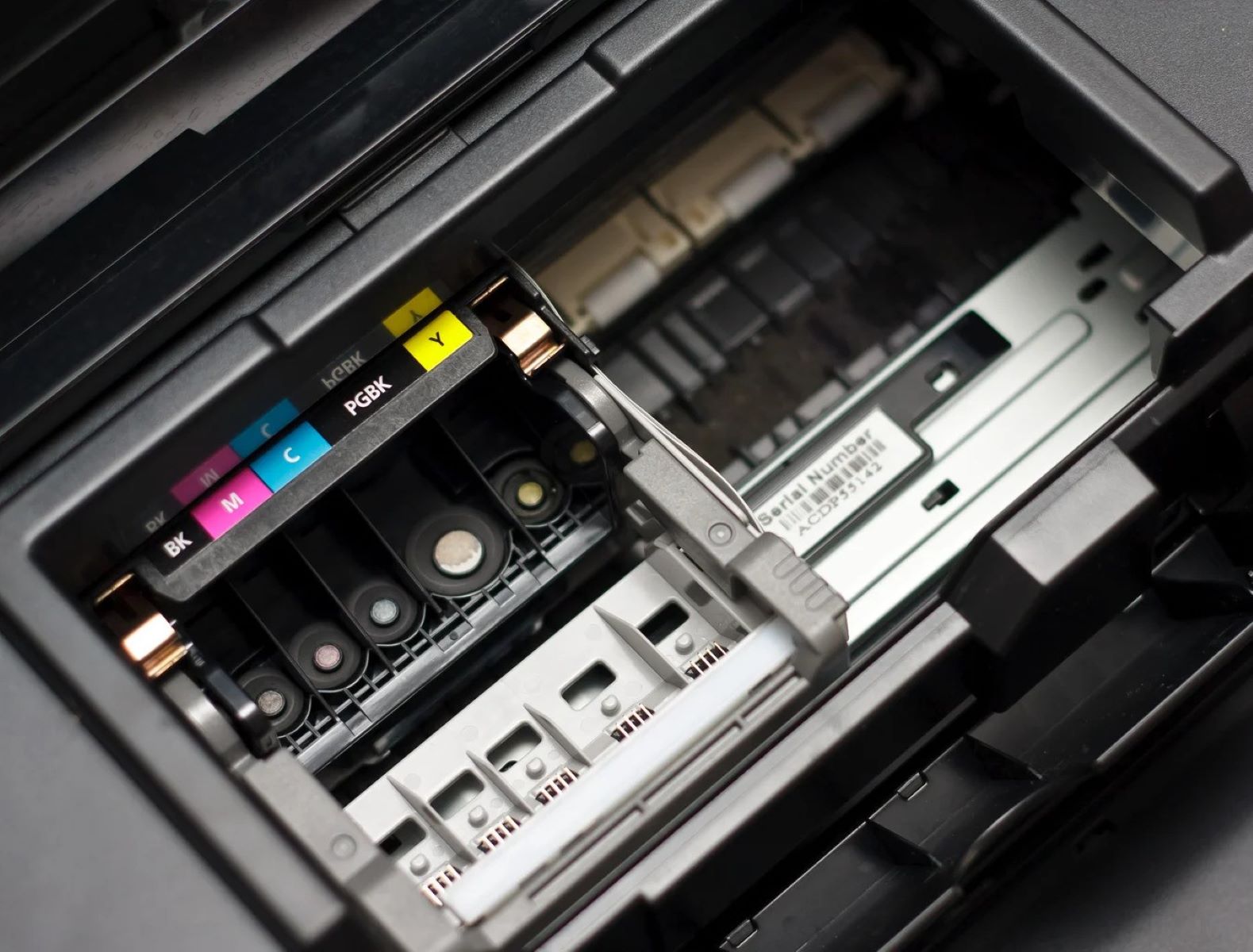
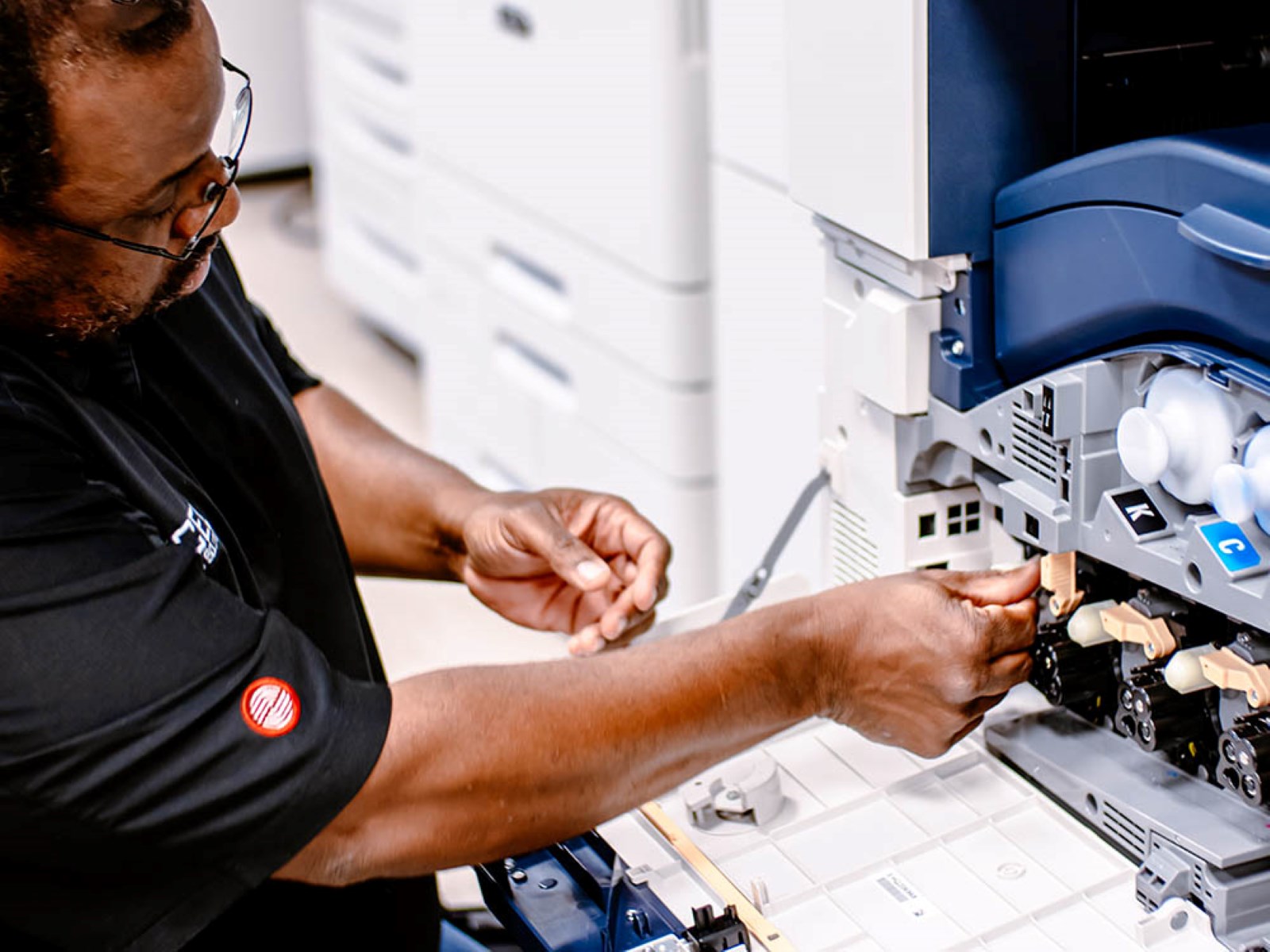

0 thoughts on “How To Fix Printer Alignment”